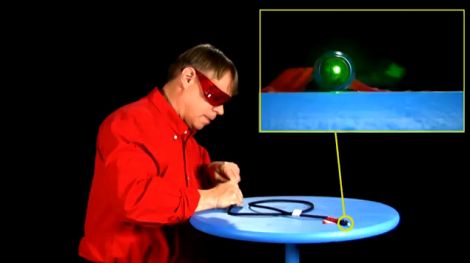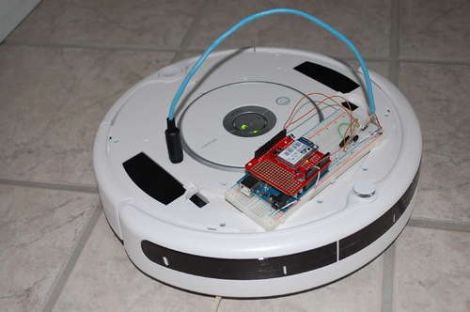
[Drake] wrote in to share his recent project, which involves repurposing an Airsoft rifle that was sitting around, collecting dust. Airsoft guns as a whole are not all that impressive, but convert your Airsoft gun into a laser rifle, and we’re all ears.
His laser blaster is honestly pretty straightforward as far as laser projects go, but we just couldn’t resist. He pulled apart the Airsoft gun, removing all of the “airy” bits, leaving just the trigger behind. He added a 9v battery and a linear power supply to the gun, wiring them up to a 700mW laser diode from what we hope was a broken Blu-ray burner.
In the obligatory “look at what I can destroy with my laser gun” video embedded below, [Drake] shows off his gun’s potency at various ranges, popping balloons from 35 feet away. He even shows off the laser’s usefulness as a light pen for glow in the dark surfaces.
While his modifications are nothing we haven’t seen before, his gun is far more accessible than others we have featured.
Have any cool high-powered laser projects of your own? Share them with us in the comments.
















